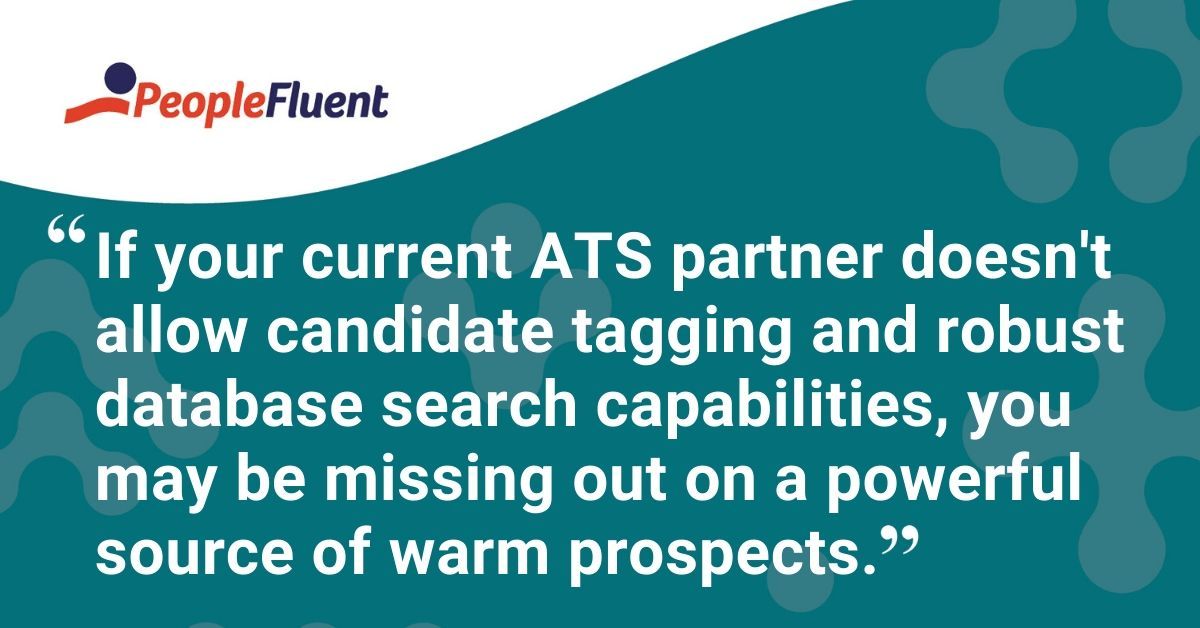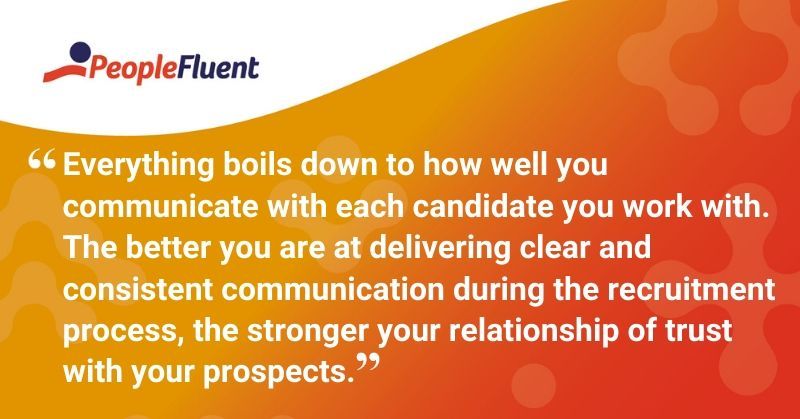Published: Apr 11, 2016Time to read: 5mins Category: Insights
How to Keep Your 2nd-Place Candidate Warm for Future Roles
Table of Contents
In recruiting, "no" doesn't have to be the final decision. It's understood that not every candidate can get the job. That doesn't mean every candidate is not a fit for your organization. In fact, if you've done a good job as a recruiter, you'll have multiple candidates in the mix that would be a solid fit for your organization. Knowing this, it's important to recognize candidates that would be strong additions to your organization.
You’ve spent a lot of time and effort building a relationship with these candidates and have analyzed their skills and experience to determine if they're qualified and a possible strong fit. So how do you leverage the knowledge and relationship you've cultivated? Read on to find out how to develop and manage candidate relationships and fill roles faster by keeping your 2nd-place candidate warm for future roles.
Say “No” in the Right Way
First, you need a strategy for approaching the difficult conversation: letting them know you've moved on with another candidate. In this conversation, you need to be compassionate and clear—while planting a seed that this may not be the end of your relationship. Make sure your candidate understands why they didn’t land the position. This will help them better prepare for the next interview and won't leave them with unanswered questions.
Additionally, make sure you share with them why you feel they're a good fit for the organization and that you could see them being top of the list if another position opens. Get the candidate to articulate why they liked the position and your organization. Let them share their impressions of the interview process. You may actually discover necessary improvements in your candidate experience efforts. Most importantly, you can use their views as a selling tool down the road should a new opportunity open up.

Also read: 'How to Implement an ATS: 13 Things You Need to Accelerate ROI'
Maintain a Relationship
Once you've planted the seed, you need to nurture the relationship.
Make sure to flag each candidate and their strengths immediately. This will allow you to build a pipeline of prospects that are pre-qualified that you can access down the road. If your current ATS partner doesn't allow candidate tagging and robust database search capabilities, you may be missing out on a powerful source of warm prospects.
You should plan to connect with these candidates periodically throughout the year. You can do this with a simple e-mail (again your ATS can help manage this process). Or with a phone call once a quarter. Finding time to stay connected with a good number of past-candidates may seem overwhelming but it has the opportunity to pay major dividends in the long run.
More from the blog: '17 Questions to Get the Most out of a Recruiting Software Demo'
When No Might Not Necessarily Mean No
You have another option worth considering if you have an A-Player who didn’t land the role. If the candidate is as strong as you believe, and your gut tells you they would be a great fit for your organization, try lobbying on their behalf with hiring managers who would potentially consider a candidate with the skillset of your A-Player. Make sure you're clear and direct in your argument. Make sure you can also position the cost of missing out on someone as strong as your candidate.
An example: in my previous role as a recruiter in the Software Engineering space, I had a similar situation arise where I found a "diamond" at a point where another candidate had already accepted the position. I spoke to the VP of Engineering and shared my insights on the candidate. I explained that my candidate’s skillset was an exact match with the most challenging technical role we needed on our team. Given the growth projections for the company, it would only be a few months before needing to find a similar candidate again. And we may not have someone as strong as my candidate on the market at that time.
The VP was intrigued and spoke with my candidate over the phone. Their conversation went well and my candidate was eventually hired. In the end, it called for some creative budget gymnastics. However, the company got a great engineer who provided bench strength, leadership, and a great volume of work output. Not every situation will fall into place like this, but it may be worth the discussion if you believe strongly enough in a candidate.

Keep reading: 'Talent Acquisition Triple Play: The 3 Elements of Successful Recruiting'
Communication Is Key
Everything boils down to how well you communicate with each candidate you work with. The better you are at delivering clear and consistent communication during the recruitment process, the stronger your relationship of trust with your prospects.
By being candid and honest during the most difficult part of the process—the call to say they didn’t get the position—you create a chance to maintain an open dialog with your candidate. Keeping your 2nd-place candidate warm for future roles can lead to a quick hire. It can also help you build a better talent pool.
The bottom line, never burn a bridge. For recruiters working in today's competitive and complex job market, this could not be more valuable advice.
Recommended reading to download today: '5 Recruiting Metrics that Drive Business Value'
Discover How Recruitment Lets You Find the Right People—Fast
PeopleFluent helps you fill critical roles with the right people and the right skillsets on a global scale. At the same time, it helps you build your employer brand and sharpen your competitive edge.